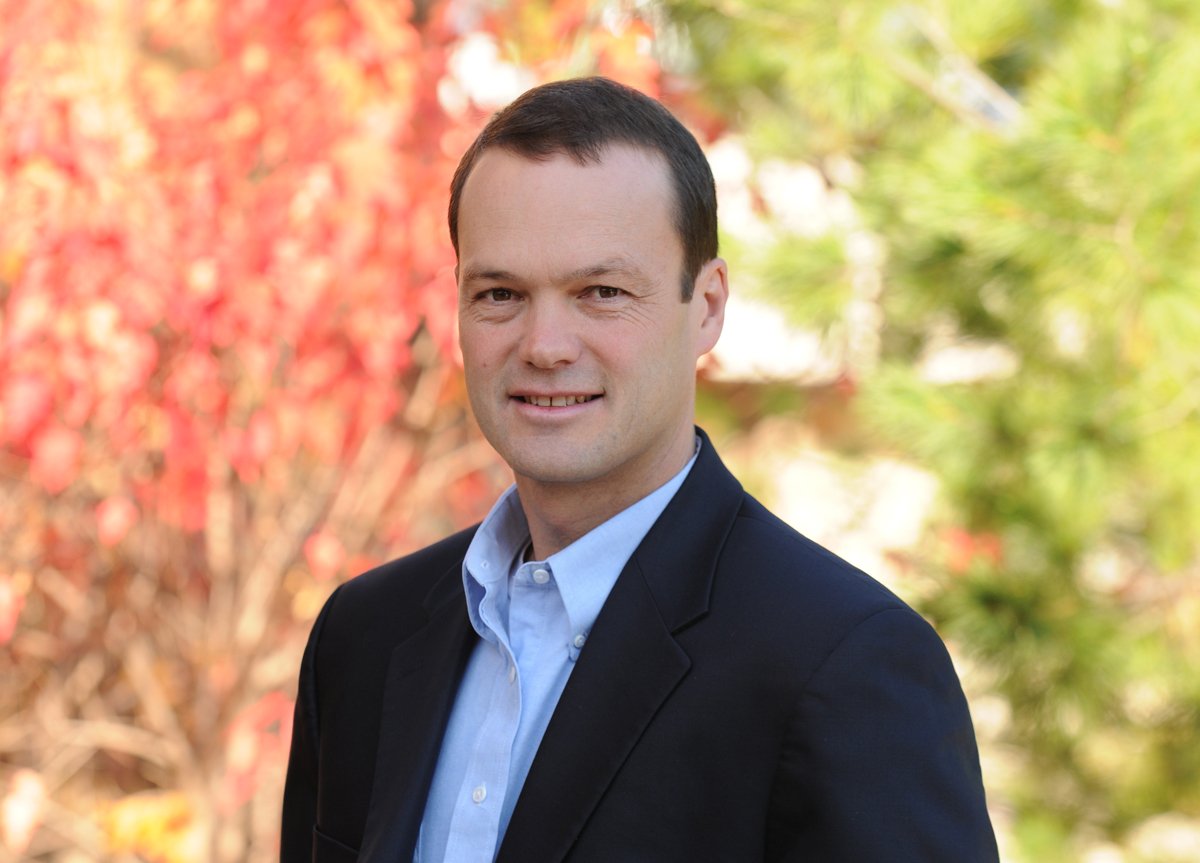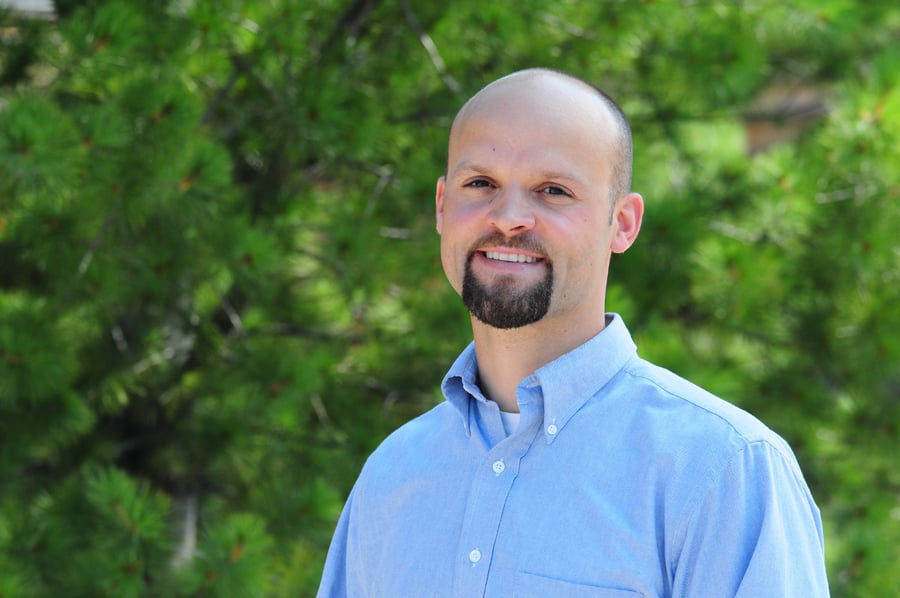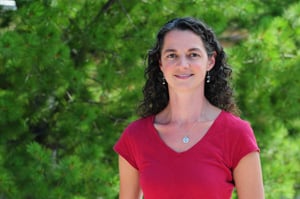| The Forest Resources and Environmental Sciences Teacher Institute, is being held Monday June 27 through Friday, July 1. The 22 participants, coming from all over Michigan to Ohio, Wisconsin and Virginia, are here to learn about a resource of the UP–its expansive forests.
Now in its sixth year, the institute is sponsored by the School, with a grant from the Michigan Forest Foundation. The course is taught by Tech faculty, natural resource professionals and expert teachers. The course is coordinated by Joan Chadde of the Center for Science and Environmental Outreach. |
A message to Dean Gale.
I thought your “Message from the Dean” in the current issue of the SFRES magazine was right on the money.
Speaking as an educator, you posed the question ”Are we providing students with the knowledge base they’ll need to address new issues that go beyond what they learned in their formal education?” My own career experience illustrates the importance of being able to do just that, and your recognition of the importance of this key issue speaks well for your program.
I had a 34 year career with the Bureau of Land Management primarily in western Oregon. Michigan Tech prepared me well for my early experiences, once I got used to the differences in scale. I still remember putting in a cluster of inventory plots in a 800-year old stand of Douglas-fir, and cruising a stand of timber on a beautiful riverside terrace that averaged 220,000 board feet per acre. But as my career evolved, I quickly got involved in issues that did indeed go far beyond my formal education.
For most of the latter half of my career, I was the BLM’s Chief of Forestry Planning with responsibilities covering 3,000,000 acres of forest land in Oregon and Washington. These responsibilities included forest inventory, the determination of the sustainable allowable harvest level and oversight of the program to bring that level of timber production to market, and the integration of the forestry program within the land-use planning process.
Early on, the process was relatively simple, and I was guided by the principles and philosophies I learned under Gene Hesterberg, Vern Johnson, and Eric Bourdo in old Hubbell School. Very quickly, however, it became necessary to “go beyond” as you suggest.
One of the first things I had to deal with in this context was the integration of management considerations related to anadromous fisheries. The spawning and rearing streams that salmon and steelhead depended upon were intimately associated with some of our finest timber producing lands. Some of the interactions between fish and timber production were quite subtle, in that relatively minute changes in water temperatures or quality, or the timing or magnitude of stream flows, could have drastic effects on fish production.
Furthermore, it quickly became apparent that the Douglas-fir old-growth seral stage itself was quickly becoming an endangered and scarce resource that needed special handling and management. Hundreds of wildlife species were uniquely dependent upon it, not to mention its importance in more esoteric areas like carbon sequestration and as refugia for mychorrizal fungi.
The point I’m trying to make is that my career quickly moved beyond the specifics I learned in my formal education, but I was able to traverse uncharted waters because of the sound knowledge base and the integrative attitude and adaptive capabilities I acquired at Michigan Tech.
That’s why it is so heartening to read your message. You’ve got the best forestry school in the country on the right trail, Peg. Keep on chuggin’.
Ron Sadler
1957
Great piece on the summer/fall camps in the Fall 2009 issue of the FRES newsletter. I read it with a constant grin on my face remembering the summer of 1968 when I attended camp. I just missed the Alberta experience as it was held on campus that year.
Many of our classes were held in the old Hubbell building. And yes, we had Gene Hesterberg, Bob Sajdak, Mike Coffman, Norm Sloan, Hammer Steinhilb and others as instructors and Glenn Mroz drove the bus. You’ve come a long way, Glenn! We also had a couple of women at our camp. It took Summer Camp for one of them to realize she was claustrophobic when she went in the bush. She switched to biology the very next term .
That camp produced some of the very best times I had while at Tech. I learned more doing those “hands-on” exercises than I would have spending twice the number of hours in a classroom. The experience of the instructors was invaluable and served me well throughout my entire forestry career. I had occasion to work with people who had graduated from other forestry schools that didn’t have a camp and I can tell you that their lack of practical knowledge was very obvious. I had to actually teach a couple of them how to run a compass!!
I can still hear Vern Johnson speaking that famous phrase “C’est la vie” although he pronounced it “Sell a vee” which gave rise to the phrase coined by the students “If you can’t sell a W, sell a V”. Thanks much for including that piece in the newsletter.

| Professor Andrew Storer has received $150,000 total from the Michigan Department of Agriculture for three one-year projects: EAB SLAM/ARRA Project Coordinator Position Support, $70,000; 2010-2011 EAB SLAM/APHIS Purple Traps Deployment, $40,000; EAB SLAM/ARRA Forest Health Monitoring Plots, $40,000. |
by Jennifer Donovan, director of public relations
Often touted as the greatest environmental achievement of the 20th century, the North American Model of Wildlife Conservation is anything but, according to wildlife ecologists and environmental ethicists from Michigan Tech and Michigan State University.

Writing in the Summer 2011 issue of the journal, The Wildlife Professional, John Vucetich and Joseph Bump, Michigan State’s Michael Nelson, and Canadian environmental scientist Paul Paquet call the North American Model of Wildlife Conservation seriously flawed. The commentary is the first critique that the North American model has faced.
This model has been around as an idea for about a decade, and in that time it has become quite popular among some wildlife professionals. The model consists of two related approaches to conservation: a historical description of past conservation efforts and an ethical prescription for the future. “One rests upon an inadequate account of history and the other on an inadequate ethic,” Vucetich and Nelson say flatly.
The model’s misconception of history gives recreational hunters the sole credit for preventing the ravages of wildlife exploitation caused by commercial hunting in the 19th century. It cites the efforts of famous hunters such as Theodore Roosevelt.

“Recreational hunting was only one of several important factors that led to improved conservation in North America,” the authors say. Since the 1960s, they point out, conservation efforts have been led by non-hunters and nature enthusiasts, such as national park visitors and bird-watchers.
The historical narrative crediting recreational hunters with spearheading the drive for wildlife conservation in turn becomes the rationale for a belief that recreational hunting is necessary for wildlife conservation. Then that becomes a prescription for future conservation efforts.
The entire construct is misguided, say Nelson and Vucetich. “The principle of past behavior is not, by itself, an appropriate justification for future behavior,” they explain. “Would you argue that society should perpetuate slave labor or gender discrimination simply because such practices are part of our history? Likewise it is wrong to conclude that hunting should play a central role in future conservation efforts, simply because it has in the past.”
The scientists also express concern that the interests of recreational hunters sometimes conflict with conservation principles. For example, they say, wildlife management conducted in the interest of hunters can lead to an overabundance of animals that people like to hunt, such as deer, and the extermination of predators that also provides a vital balance to the ecosystem.
Vuetich and Nelson examine the seven tenets of the North American Model of Wildlife Conservation:
-
- Wildlife is held in the public trust.
- Commerce in dead animals is illegal.
- Wildlife use is allocated through law.
- Hunting is an opportunity for all.
- Wildlife may only be killed for legitimate reasons.
- Wildlife is an international resource.
- Science is the basis for wildlife protection.
Consider the tenet that says wildlife may only be killed for legitimate reasons,” the authors observe. “This principle is as basic and appropriate as it is void of useful insight about defining a legitimate purpose. The North American Model provides no further insight about what counts as legitimate,” they note.
The scientists also raise a question about the final tenet, that science is the basis for wildlife protection. “This equates a desire for policies informed by science with science itself determining what policies ought to be adopted,” they say. “Scientific facts about nature cannot, by themselves, determine how we ought to relate to nature or which policies are most appropriate.”
The authors emphasize that they have nothing against hunting. “If the North American Model’s primary motivation was to promote hunting, and even if it did so transparently, the model would still fall short,” they say.
The model’s greatest value, Vucetich and Nelson say, is that it calls attention to the need to confront a more basic question: What is conservation? “All of us should explore whether wildlife management and conservation are the same or whether they represent different, occasionally conflicting goals,” they suggest. “We still need answers for key questions like: What does it mean for a population or ecosystem to be healthy? How does conservation relate to or conflict with other legitimate values, such as social justice, human liberty and concern for the welfare of the individual? Resolving these and other questions could provide a truly meaningful conservation model.”
